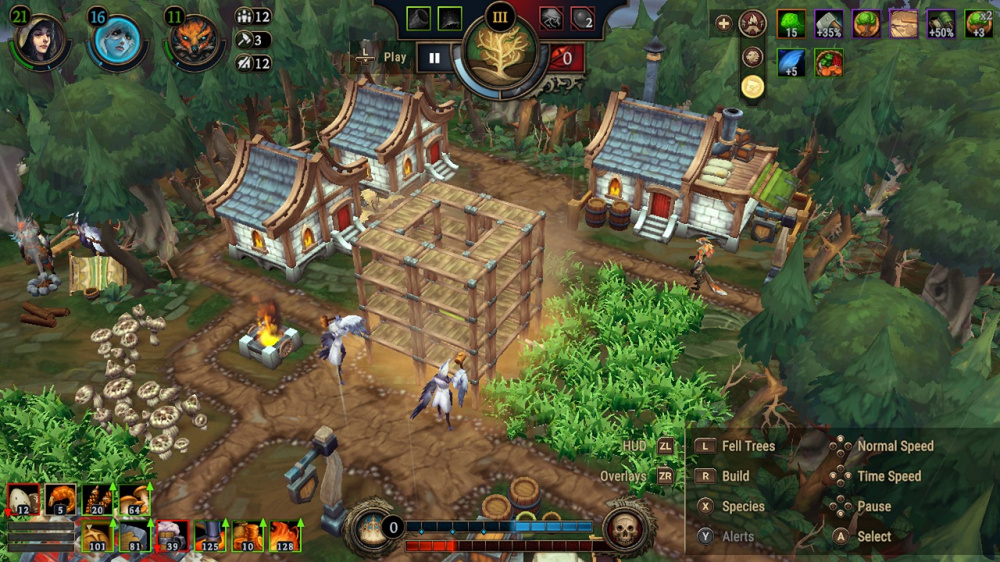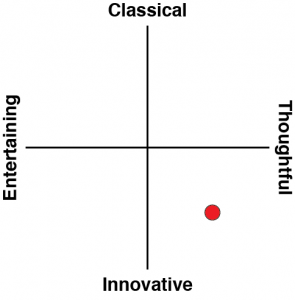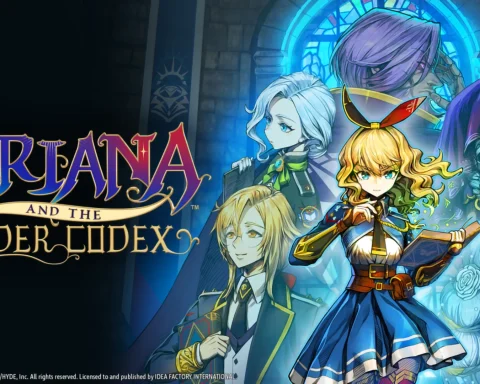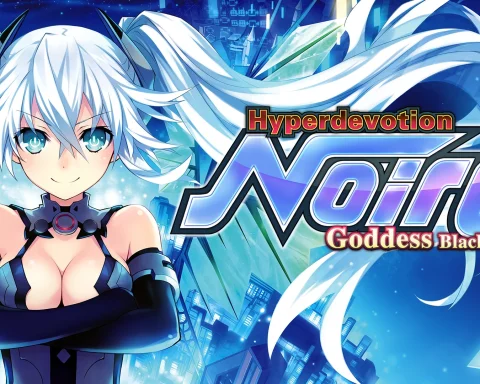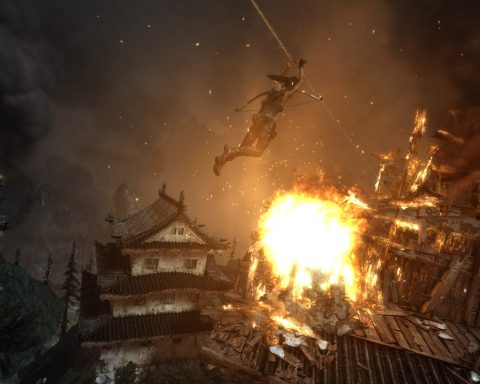Ever found yourself looking at the state of video games and going: “Why are so many things becoming so simplified and streamlined?” RPGs are melding into big action games with pacy combat, rather than stats crunchers, strategy and simulation games are often so simplified that it’s impossible to actually lose at them. Those rare titles that don’t simplify down to try to appeal to the broadest possible audience increasingly feel like they’re going against the grain. And then there’s Against the Storm, which seems to have ignored that there was ever a “grain” in the first place.
In a very basic sense, Against the Storm is like Anno, or Settlers, or any of those other city builders that have you growing a city by incrementally expanding the kind of resources that the city generates. The difference with Against the Storm is that the developers seem to have tried to put every single resource humanity has ever used into the game. That is an exaggeration, but not by all that much: There are something like 23 material resources, and you can produce so many different items with them… hell, there are 11 different types of tree to extract the resources from. Eleven different types of tree! Most simulators are content with simply turning all trees into one resource.
The fundamental goal of those resources is to deploy them to keep your cities (multiple) healthy and growing, and make sure that your citizens stay happy. There are six different “species” of citizen, each with their own needs around amenities and resources. And there are dozens upon dozens of buildings that you can construct. If you don’t balance all of this to keep your people happy, they’ll start to leave, or perhaps even start to riot.
Your main objective is to keep the fires at the centre of each city burning (those fires keep the storms that are destroying the planet away from your little pockets of civilisation), and also complete objectives set to you by the queen. If you don’t complete those objectives quickly enough, she’ll have enough of you, and then it’s game over. There’s often some conflict in there between dedicating resources to meeting the queen’s objectives and making sure that you have enough citizens working to keep the fire burning, though that is perhaps the most (and only) straightforward balancing act in the entire game.
The experience is designed to be quite grim in tone, and you will frequently fail and face a wipeout. Thankfully, it’s also a roguelike, and failure is a big part of the point. Not only are environments procedurally generated with each new “run” (that’s not uncommon for the genre of course), but you are able to carry accumulated resources over from one run to the next. This was a smart direction for the developers to take, as it does allow them to really challenge players and drive home that dark theme without potentially frustrating everyone from playing on.
All of this is great for PC gaming and interfaces, and indeed, Against the Storm has been one of the indie darlings of recent years, accumulating close to 30,000 reviews on Steam since launch. Unfortunately, there’s one big problem with the Switch port: The interface, though controller input, is dismal. For ages, I struggled to understand how to do some pretty basic tasks within the game, and while the tutorial is helpful in getting you to understand how to play, its onboarding with the interface leaves a lot to be desired. If only the developers had waited a little longer, picked up Switch 2 dev kits, and worked that mouse into the game. That would have solved so much instantly.
Eventually, I became more comfortable with the controls, but it has never felt truly intuitive, and I have spent more time pausing this game to wrestle with its inputs than I would like to. It really starts to undermine the flow and atmosphere of the game a little.
Speaking of atmosphere, the other issue this game has is not the fault of the developers, but it doesn’t look great on the Switch OLED or Switch 2 hardware. It plays perfectly fine on either, but in both cases, buildings, characters, and the environment are a little small and muddy to look at, making it hard to see things going on at times. That’s actually a pity because while I wouldn’t classify Against the Storm as a looker, per se, the PC version does have a nice aesthetic that complements the moody ambience and sense of desolation. Apocalyptic aesthetics are difficult to get just right, so it’s a pity that the Switch owners won’t get to fully appreciate the work the developers put into getting the subtleties of this visual theme right (unless they play in docked mode, of course).
Overall, however, I found myself playing long and deep sessions of Against the Storm. There are times when complexity can be a good thing, if it’s done well. Against the Storm gets that much right, giving us a challenging and also rewarding city builder with a compelling replay loop that will have you playing right through the night for weeks at a time.



